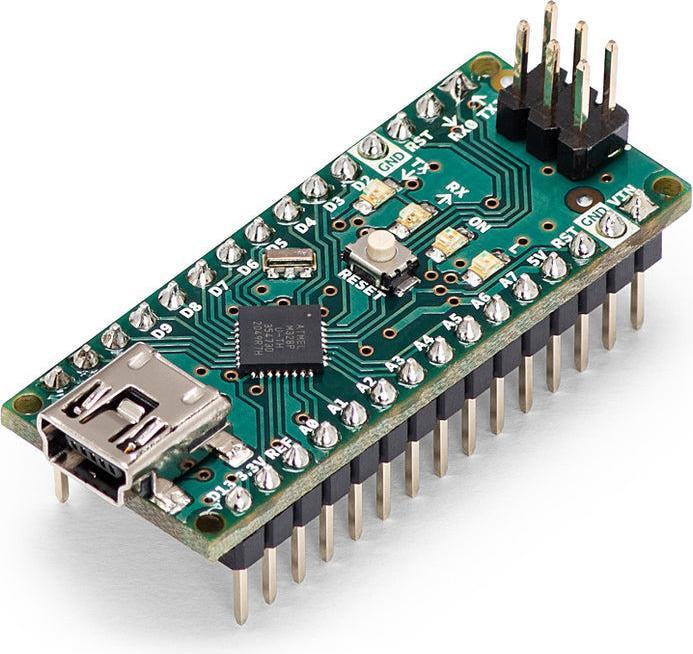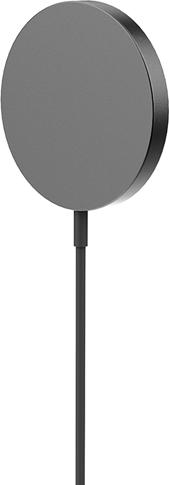
Best selling Development boards + Kits from Arduino
On this page you'll find a ranking of the best Arduino products in this category. To give you a quick overview, we've already ranked the most important information about the products for you.
1. Arduino Starter Kit German
With the Arduino Starter Kit, you can quickly and easily start learning about electronics. It appeals to STEAM enthusiasts at home, businesses in the STEAM industry, and schools alike. No prior knowledge is required, as the kits introduce both coding and electronics through fun, engaging, and hands-on projects. With the starter kit, you can teach students about electricity, voltage, and digital logic, as well as the basics of programming. There is an introduction to sensors and actuators and how to understand both digital and analog signals. Throughout all of this, you teach students how to think critically, learn collaboratively, and solve problems.

2. Arduino Uno Rev3
The Arduino Uno is a microcontroller board based on the ATmega328. The board contains everything necessary to develop with this microcontroller. It can easily be connected to a PC via USB cable or powered by an external power supply or battery and get started. Arduino Uno differs from all its predecessors in that it does not use a USB/serial converter chip from FTDI. Instead, it uses an ATmega16U2 programmed as a USB/serial converter. The Arduino Uno has 14 digital I/O pins (6 of which can be used as PWM output) and 6 analog inputs. It also has a 16 MHz crystal, USB connector, external power supply socket, ICSP header and a reset button.
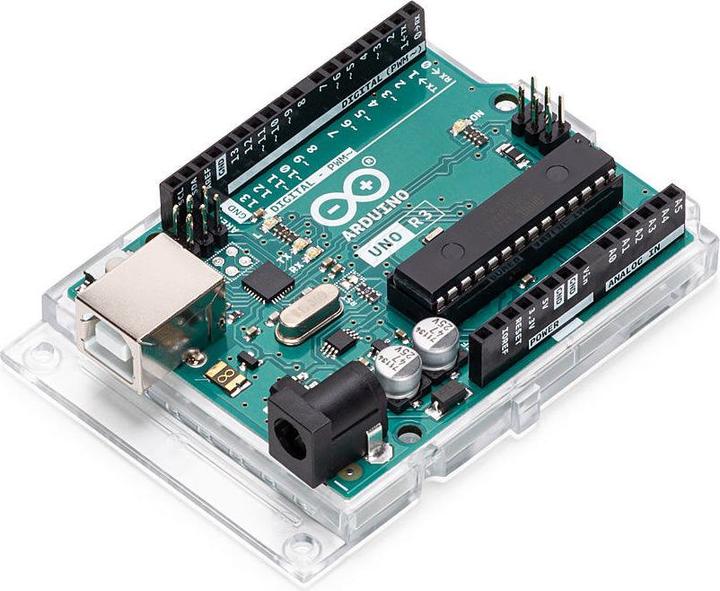
3. Arduino ABX00083 Board Nano ESP32 with headers Nano
The Nano ESP32 is a powerful addition to the Arduino ecosystem, bringing the popular ESP32-S3 into the world of Arduino and MicroPython programming. Whether you are a beginner venturing into the realm of IoT or MicroPython, or an advanced user looking to integrate it into your next product, the Nano ESP32 is the perfect choice. It covers all your needs to kickstart your IoT or MicroPython project with ease.
Let’s take a look at the main features of the Nano ESP32:
- Tiny footprint: Designed with the well-known Nano form factor in mind, this board is perfect for embedding in standalone projects due to its compact size.
- Wi-Fi and Bluetooth: Harness the power of the ESP32-S3 microcontroller, renowned in the IoT space, with full Arduino support for wireless and Bluetooth connectivity.
- Arduino and MicroPython support: Seamlessly switch between Arduino and MicroPython programming with just a few simple steps. We even offer an introductory course for those new to the world of MicroPython. More information can be found on the documentation page.
- Arduino IoT Cloud compatible: Quickly and easily create IoT projects with just a few lines of code. Our setup takes care of security and allows you to monitor and control your project from anywhere using the Arduino IoT Cloud app.
- HID support: Emulate human interface devices, such as keyboards or mice, over USB, opening up new possibilities for interaction with your computer.
There are no more excuses to postpone your exploration of IoT and MicroPython. The Nano ESP32 provides everything you need to start developing and discover endless possibilities.
Technical specifications
- Board Name Arduino Nano...
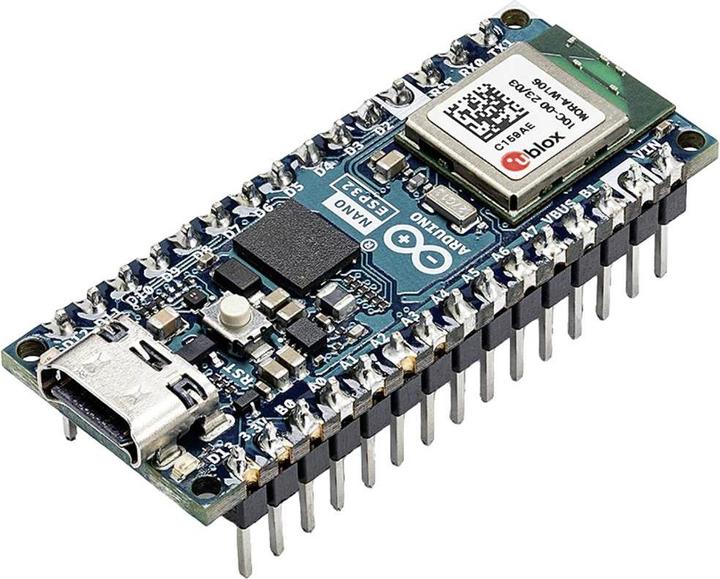
4. Arduino UNO R4 WiFi
The Arduino UNO R4 boards feature a powerful 32-bit microcontroller that offers more processing power and memory while maintaining the standard UNO form factor and 5V operating voltage. They are an excellent option for both beginners and experienced electronics enthusiasts looking to push the boundaries of their projects. While retaining the familiar features of the UNO family, the UNO R4 boards provide a 32-bit architecture and exciting new capabilities for makers.
The Arduino UNO R4 boards are equipped with a powerful 32-bit microcontroller from Renesas, which offers increased processing power, memory, and on-board peripherals. Importantly, these enhancements do not compromise compatibility with existing shields and accessories, nor do they require changes to the standard form factor or the 5V operating voltage. With its robust design and reliable performance, the UNO R4 is a valuable addition to the Arduino ecosystem. It is suitable for both beginners and experienced electronics enthusiasts who want to expand the limits of their projects.
The UNO R4 has the same pin layout and 5V operating voltage as its predecessor, the Arduino UNO R3. This means that existing shields and projects can be easily ported to the new board. The UNO R4 features several exciting new peripherals, including a 12-bit DAC, CAN BUS, OP AMP, and SWD port. These additions broaden the possibilities for developers and enable more advanced projects.
With more memory (16x) and a faster clock speed (3x), the UNO R4 can perform more precise calculations and handle more complex projects. This allows developers to create even more demanding and sophisticated projects.

5. Arduino UNO R4 Wi-Fi Plug-and-Make-Kit
The Arduino UNO R4 Wi-Fi Plug-and-Make Kit is a comprehensive development set designed for both beginners and experienced tech enthusiasts. It offers a user-friendly platform to dive into the world of electronics and programming. The centerpiece of the kit is the Arduino Uno board, known for its reliability and ease of use. With a variety of included sensors and actuators, the kit enables the realization of a wide range of projects, from simple LED applications to complex automation solutions. The extensive documentation and numerous example projects help users quickly and easily implement their ideas. The high-quality components ensure longevity and versatility, allowing users to continuously expand their technical skills.
- Includes an Arduino Uno board for ease of use and reliability
- Diverse sensors and actuators enable numerous project possibilities
- Extensive documentation makes it easy to get started with programming
- High-quality and durable components for long-term use
- Suitable for beginners and advanced users, ideal for creative projects.
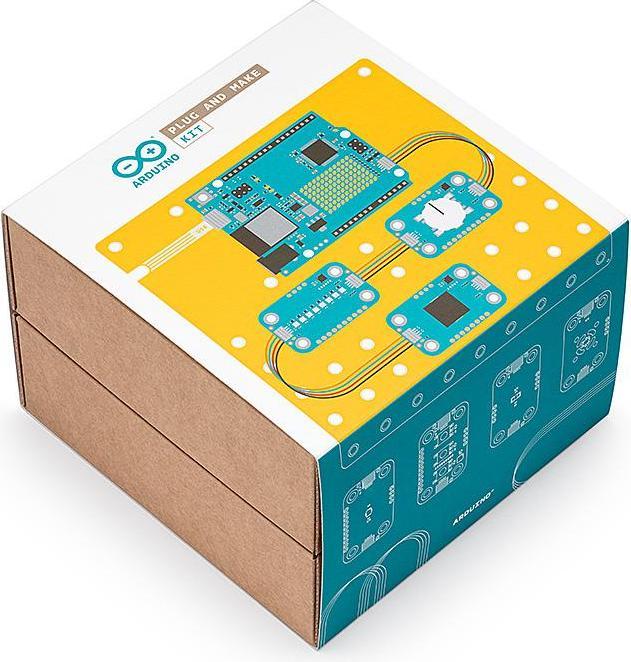
6. Arduino Mega 2560 Rev. 3
The Arduino Mega 2560 is a microcontroller board based on the ATmega2560 with a clock speed of 16 MHz. It features 54 digital input and output pins, 16 analog inputs, four serial interfaces, and a USB connection. The necessary components for programming and operating the microcontroller are included on the board. Simply connect the board to your PC and develop exciting applications. Power can be supplied via USB, an external power supply, or batteries. Arduino is an open-source physical computing platform that is based on easy-to-use hardware and software. The goal of this platform is to enable artists, designers, hobbyists, and other enthusiasts to create interactive objects. Sensors and microcontrollers are used to make analog inputs available to software applications and/or to control electromechanical devices such as motors, servos, LEDs, or other hardware.

7. Arduino Sensor Kit Base
In this kit, you will learn how to connect and program basic Grove modules that include both sensors and actuators. Grove is an open-source, modular, and ready-to-use toolkit that follows a building block approach for assembling electronics. This kit includes a base shield to which the various Grove modules can be connected individually or together in different combinations to create fun and exciting projects. All modules use a Grove connector, which connects each component to the base shield in just a few seconds. The base shield can then be mounted on an Arduino UNO board and programmed with the Arduino IDE. Instructions for connecting and programming the various modules are also included in this kit. It features a base shield that fits onto an Arduino UNO board and is equipped with 16 slot connectors that provide functionality to different pins when placed on the UNO.
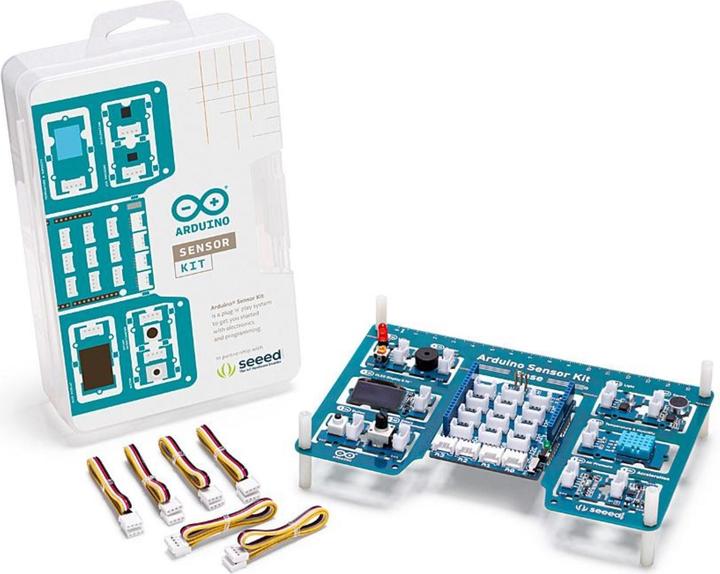
8. Arduino Leonardo
The Arduino Leonardo is the latest addition to the Arduino family, equipped with an ATMega 32U4 processor. This ATMega has a USB stack, which eliminates the need for the UNO's usual ATmega 8U2. Programming becomes simpler and more versatile. This Arduino emulates e.g. a keyboard or a mouse - further extensions like e.g. a MIDI emulation are planned. Thanks to the identical layout to the Arduino UNO, all shields and extensions can still be used without hardware adjustments. A Micro USB cable (like Smarthpones/cell phones) is now used for programming.
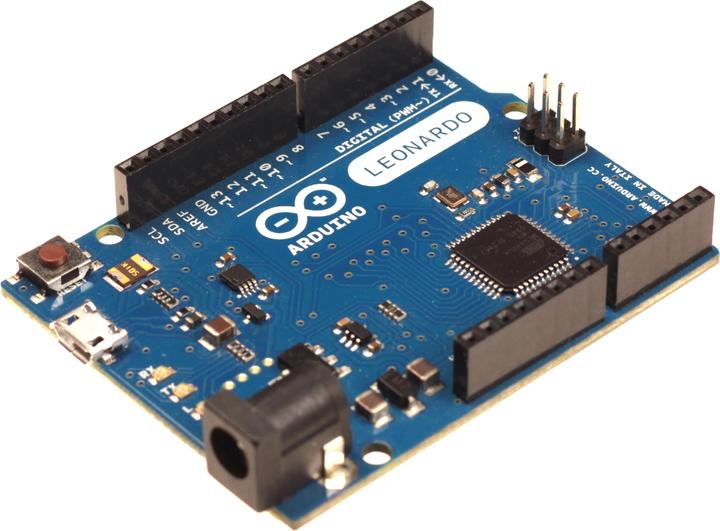
9. Arduino Starter Kit Francais
The starter kits are suitable for beginners as well as experienced developers. With the included Arduino project book, you can gradually gain knowledge about code, circuits, and breadboards through 15 recommended projects, although the starter kit is not limited to these projects.

10. Arduino Nano
The Arduino Nano is a small, complete, and breadboard-friendly board based on the ATmega328 (Arduino Nano 3.x). It has more or less the same functionality of the Arduino Duemilanove, but in a different package. It lacks only a DC power jack, and works with a Mini-B USB cable instead of a standard one.
